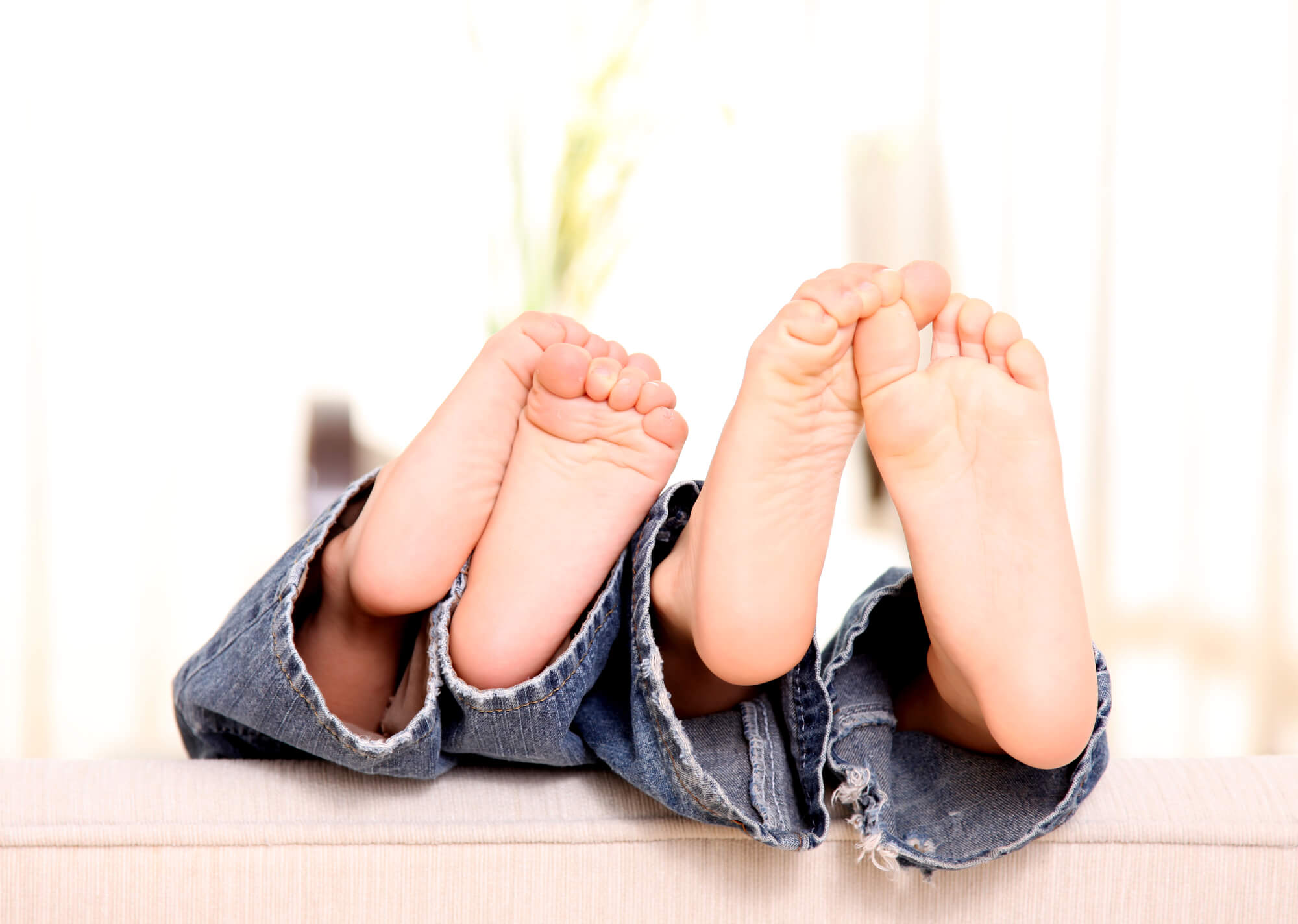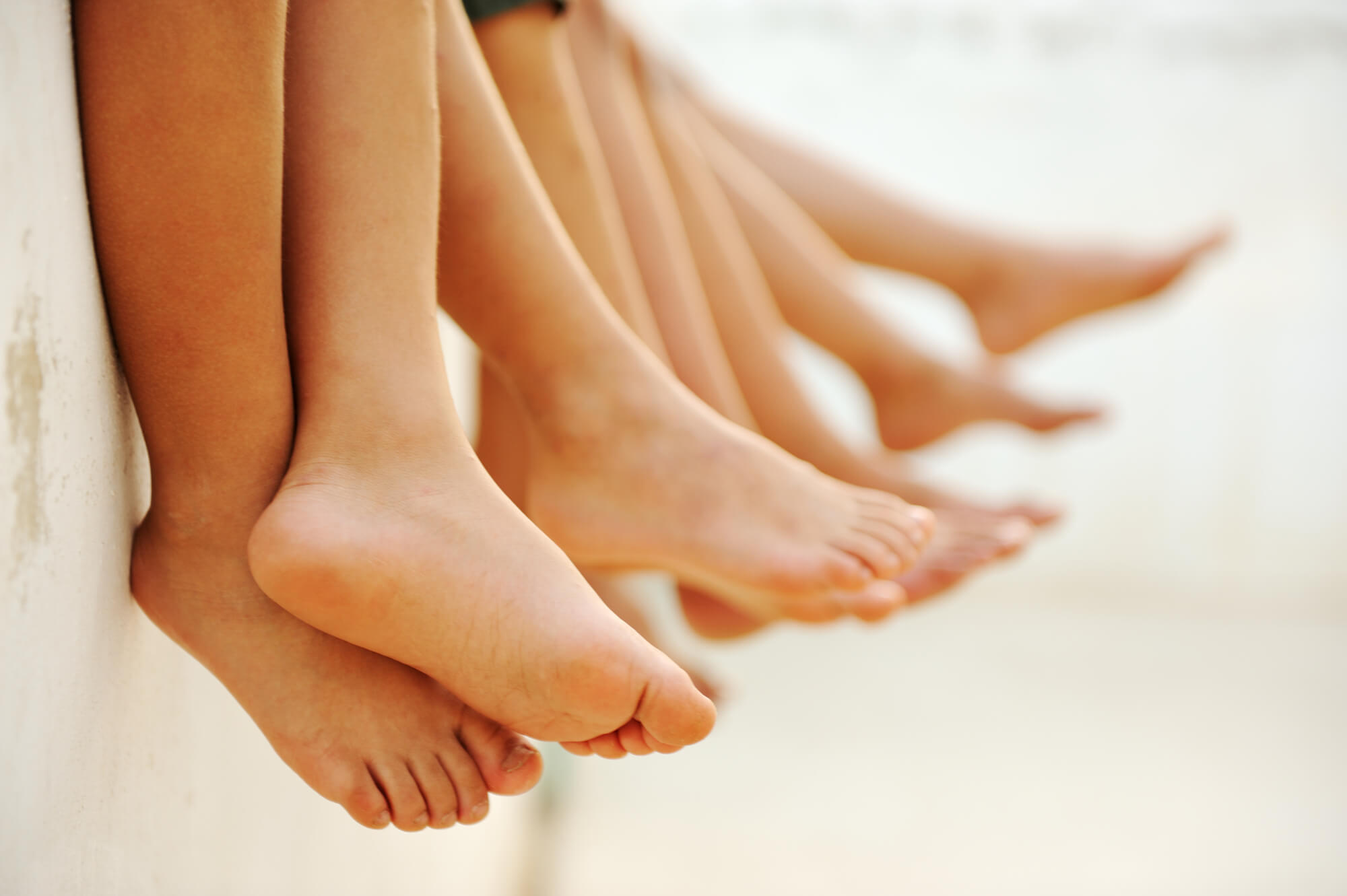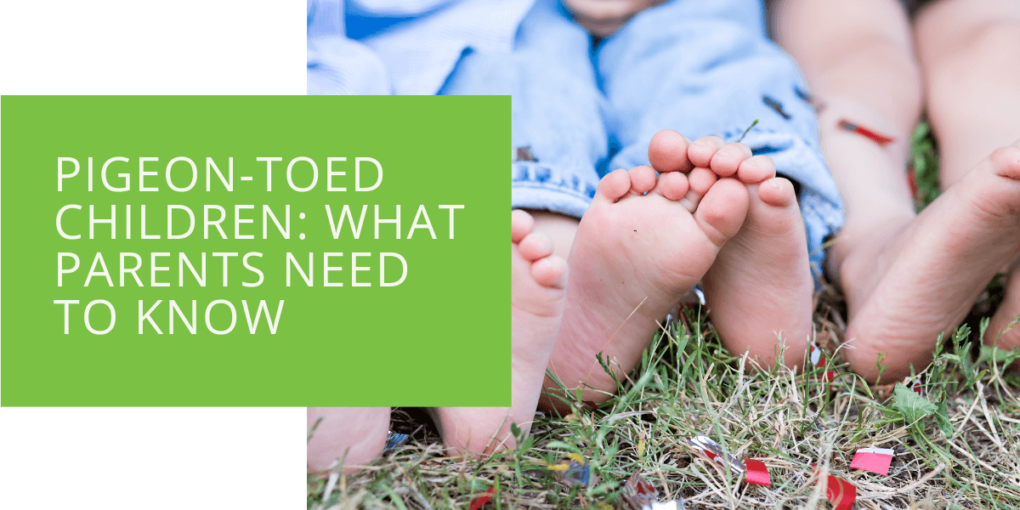Pigeon-Toed Children: What Parents Need to Know
Pigeon-toed, also known as in-toeing, is a common condition among children that affects how their feet and legs point. Various factors, including genetic predisposition, neurological conditions, and muscular imbalances, can cause it. In this article, we'll take a closer look at what pigeon-toed is, how to identify it in children, and the treatment options available to manage it.
Causes of Pigeon-Toes in Children
There are several possible causes of pigeon-toed in children, including genetic factors, neurological conditions, and muscular imbalances. Some of the most common causes include:
- Tibial Torsion: This condition occurs when the tibia (shin bone) rotates inward, causing the feet to point inward. Tibial torsion is often present at birth and can run in families.
- Femoral Anteversion: This condition occurs when the thigh bone (femur) rotates inward, causing the feet to point inward. Femoral anteversion is also often present at birth and can run in families.
- Internal Tibial Torsion: This condition occurs when the tibia rotates inward, causing the feet to point inward. Internal tibial torsion is often caused by muscle imbalances and can develop during childhood.
- Metatarsus Adductus: This condition occurs when the forefoot points inward, and the heel points outward. It is often caused by the baby being in a cramped position in the womb and can be diagnosed at birth.
- Metatarsus Varus: This condition occurs when the metatarsal bones of the foot point inward. It is often caused by poor muscle tone and can develop during childhood.

Symptoms and Identification
Parents need to be able to recognize the signs of pigeon-toed in children so they can seek treatment as soon as possible. Some common symptoms of pigeon-toed include:
Feet that point inward when walking or standing
- Knees that touch or rub together when walking or standing
- Toes that point inwards when standing or walking
- Difficulty with balance or coordination
If you suspect that your child may be pigeon-toed, it's important to consult a podiatrist. Podiatrists are medical professionals who specialize in treating conditions of the feet, ankles, and lower legs. They can help diagnose pigeon-toed and recommend the best treatment for your child.
Treatment Options
The treatment options for pigeon-toed children will depend on the underlying cause and the severity of the symptoms. Some common treatment options include:
- Physical therapy: Physical therapy can help to strengthen the muscles in the legs and feet, which can help to correct pigeon-toed. Physical therapy can also help to improve balance and coordination.
- Orthotic Devices: Orthotic devices such as shoe inserts can help support the foot and ankle, which can help improve the feet' alignment.
- Surgery: In rare cases, surgery may be necessary to correct severe pigeon-toed. Surgery can help correct the underlying bone or muscle problem causing the pigeon-toed.

Prevention and Management
In addition to seeking professional treatment, there are several things that parents can do at home to prevent and manage pigeon-toed in children. These include:
Exercises and Stretches
Specific exercises and stretches can help to improve muscle strength and flexibility in the legs and feet, which can help to prevent and manage pigeon-toed. A physical therapist or a doctor can prescribe these exercises and stretches.
Tips for Managing Pigeon-Toed at Home
Parents can also try positioning their child's feet in a proper position while they are sitting or sleeping. This can help to prevent the feet from pointing inward and can also help to retrain the muscles to maintain proper alignment.
Early Intervention
It is important to seek professional advice if parents suspect their child may be pigeon-toed. Early intervention can often be effective in managing the condition and can help prevent it from worsening over time.
Conclusion
In conclusion, pigeon-toed is a common condition that affects children of all ages. The treatment options for pigeon-toed include physical therapy, orthotic devices, and surgery in rare cases. Parents can prevent and manage pigeon-toed by doing exercises and stretches, properly positioning their child's feet, and seeking professional advice early.
FAQ
What should I do if my child is pigeon-toed?
If you suspect your child is pigeon-toed, it is important to seek professional advice. A doctor or physical therapist can assess the condition and recommend appropriate treatment options, such as physical therapy, orthotic devices, or in rare cases, surgery. Parents can also try exercises and stretches at home and position their child's feet properly while sitting or sleeping.
At what age should pigeon-toed be corrected?
The age at which pigeon-toed should be corrected will depend on the underlying cause and the severity of the symptoms. Early intervention is often effective in managing the condition, so it's best to seek professional advice as soon as you suspect your child may be pigeon-toed.
Do kids grow out of walking pigeon-toed?
Some children may grow out of walking pigeon-toed as they develop and their muscles and bones grow. However, it is not guaranteed, and the condition may persist if not treated. Therefore, seeking professional advice and considering treatment options to prevent or manage pigeon-toed is important.
Can pigeon-toed be corrected in kids?
Pigeon-toed can be corrected in kids through a combination of treatment options such as physical therapy, orthotic devices, and in rare cases, surgery. The effectiveness of the treatment will depend on the underlying cause of the condition and the severity of the symptoms. Parents can also try exercises and stretches at home and position their child's feet properly while sitting or sleeping. Early intervention is often effective in managing the condition.

